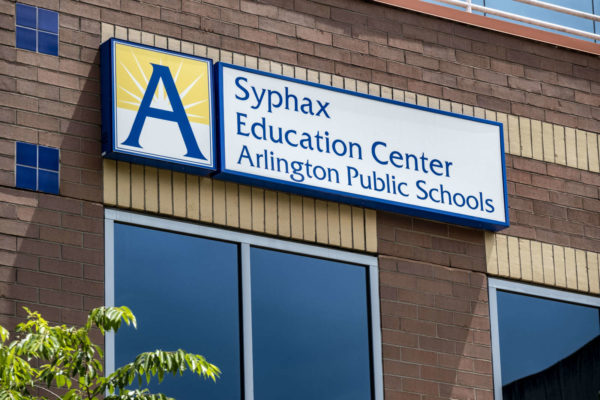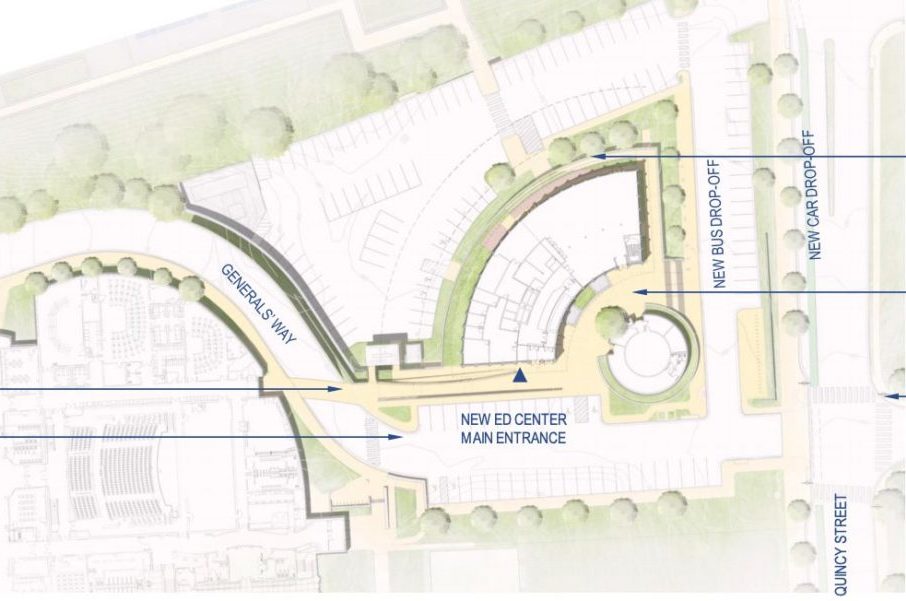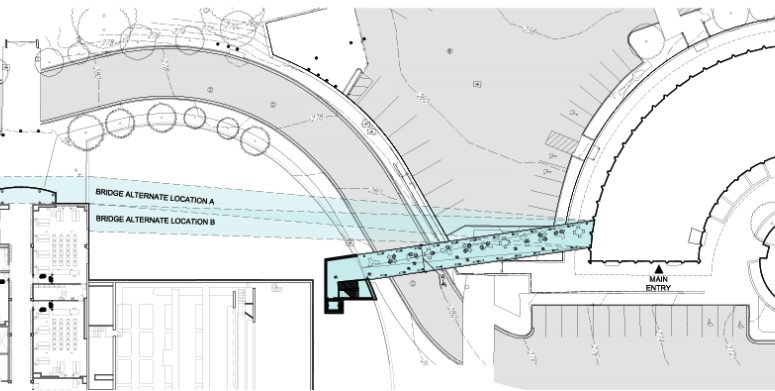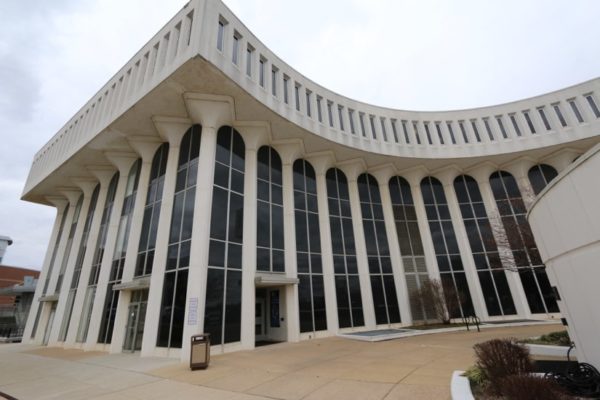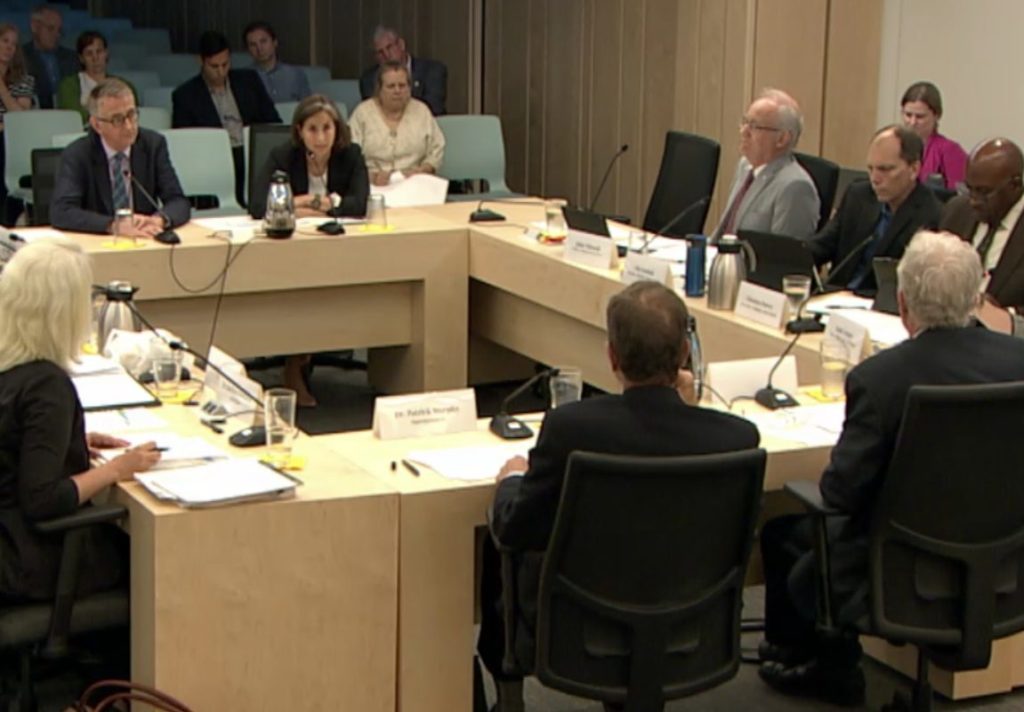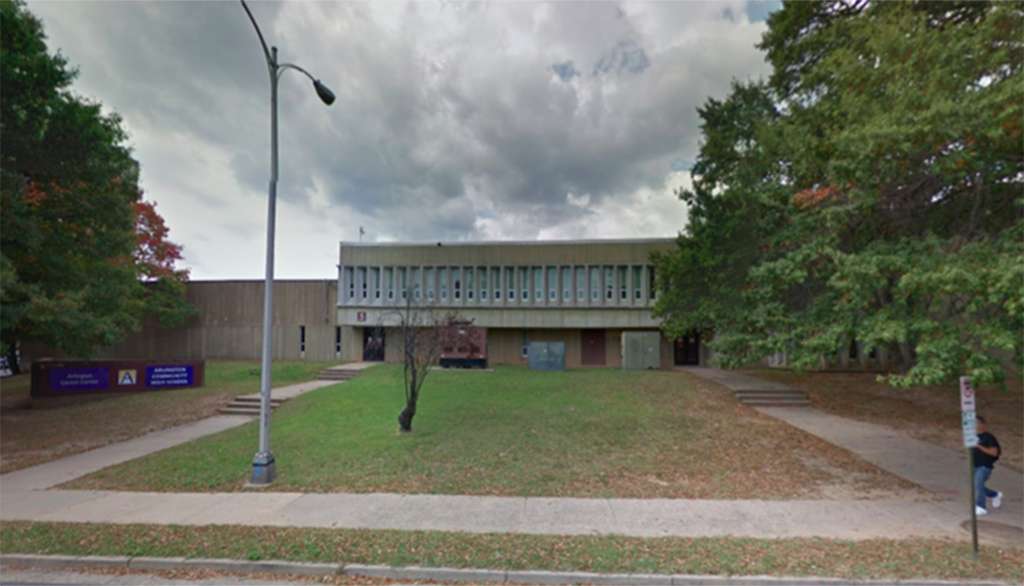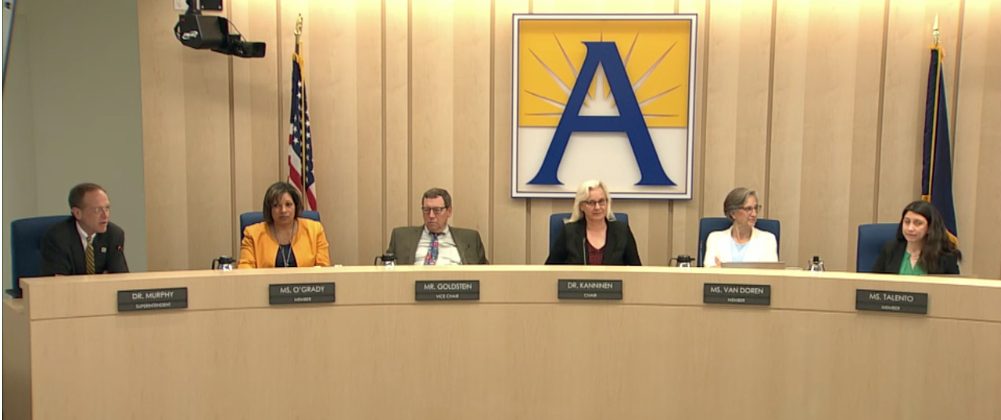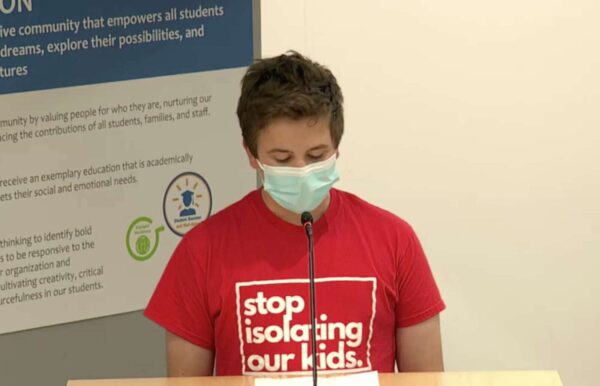
Boulevard Manor families whose kids have been or will be separated from their middle school friends for high school can apply for a placement process to try and avoid that fate, Arlington Public Schools says.
Students who live in the neighborhood, near the Arlington border with Falls Church, attend Kenmore Middle School but do not matriculate to Washington-Liberty High School like their peers. Instead, they attend Yorktown High School as a result of a 2017 boundary change when W-L was overcrowded.
Students and parents say it’s difficult to adjust to Yorktown, where only 3% of the student body comes from Kenmore. But getting back to W-L — via a neighborhood transfer or the school’s International Baccalaureate (IB) program — can require winning the lottery, literally.
Whenever applications for a neighborhood transfer or into the IB program exceed available seats, APS holds a double-blind lottery for spots and maintains a waitlist. The IB waitlist has been on the rise for the last four years, and stood around 80 students last March.
So last fall, a group of Boulevard Manor community members seized on the boundary change process moving students from Wakefield High School to W-L to request APS extend the same change to them. Once over-crowded, the school will have plenty of seats after construction at the neighboring 600-seat Education Center (1426 N. Quincy Street), formerly an APS administrative building, wraps up and doors open this fall. The extra seats will offset the IB waitlist.
Boulevard Manor families didn’t succeed on the boundary process front, but this week, Superintendent Francisco Durán recommended a way forward without a lottery: an administrative placement.
“Following requests from the Boulevard Manor community, Dr. Durán recommended they request an administrative placement if they are interested in students changing the school they currently attend,” APS spokesman Frank Bellavia said. “It is a process that some Boulevard Manor families have already gone through.”
This process is available to all APS families, Bellavia said, but approval depends on a school’s capacity when the request is received.
These placements are approved on a case-by-case basis and are typically based on the following special circumstances:
- if a juvenile and domestic relations district court judge requests the transfer
- to bridge a short-term gap in their instructional program
- as a result of a disciplinary incident
- if the student experiences repeated bullying and can’t learn as a result
- if a certified medical or psychological need requires a change of environment
- if the student or family is experiencing hardships — a death or medical illness in the family and financial troubles — that make it difficult for the student to get what they need at their home school
“Administrative placement requests are less common than neighborhood transfer requests, but are another method to submit requests to change schools when neighborhood transfers are not available or when a request is being made outside of the annual neighborhood transfer application timeframe,” Bellavia said. “Administrative placements are approved on a case by case basis contingent upon a student meeting one of the six criteria outlined in the policy.”


